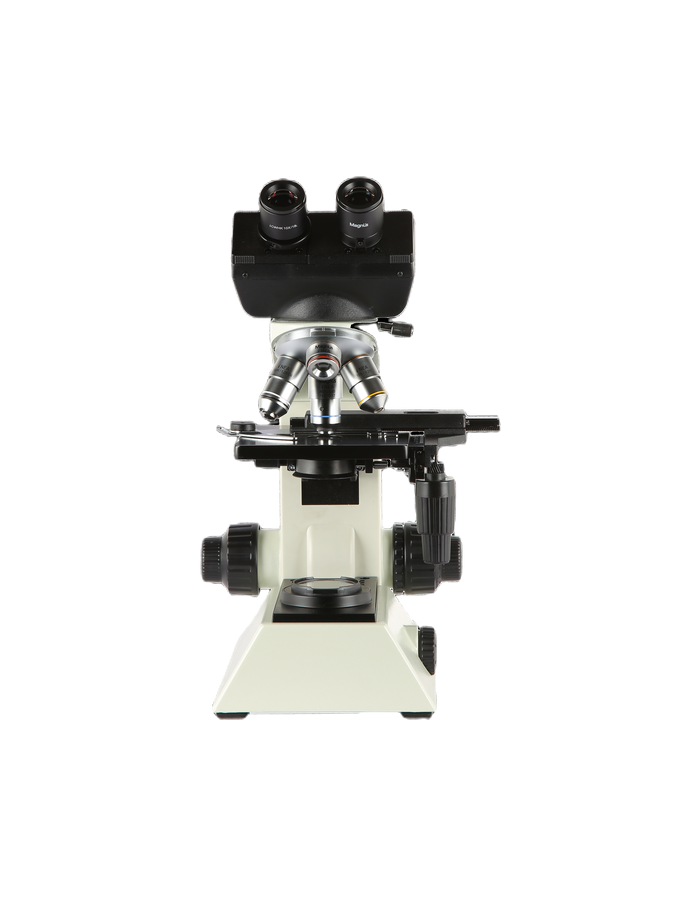How to Choose the Best Compound Microscope for Your Needs

Strong 8k brings an ultra-HD IPTV experience to your living room and your pocket.
As someone who has spent years working with compound microscopes, I know how overwhelming it can be to choose the right one. Whether you’re a student, researcher, or hobbyist, picking the best lab microscope depends on understanding your specific needs. So, what should you look for in a microscope? Let’s break it down.
1. What Are You Using the Microscope For?
Before buying, ask yourself: What will I be observing?
- For students and beginners: A simple microscope might work for basic observations, but a compound microscope is better for detailed cellular studies.
- For researchers and professionals: You’ll need high-magnification scientific microscopes with advanced features.
- For hobbyists: If you’re into exploring water samples, plant cells, or insects, a good-quality lab microscope with at least 400x magnification is ideal.
2. Understanding Magnification and Lenses
The power of a compound microscope comes from its eyepiece and objective lenses. Most models offer magnifications from 40x to 1000x, but do you need that much?
- For school and college labs, 100x to 400x is usually enough.
- For microbiology and pathology, 1000x with oil immersion is a must.
- For advanced research, go for microscopes with interchangeable objective lenses for flexibility.
3. Monocular, Binocular, or Trinocular – Which One is Right?
I often get asked: Which microscope head should I choose?
- Monocular microscopes (single eyepiece) – Best for beginners, students, and basic observations.
- Binocular microscopes (two eyepieces) – Reduce eye strain, perfect for long hours in research labs.
- Trinocular microscopes (two eyepieces + camera port) – Ideal for digital imaging and documentation.
If you plan to capture images or videos, a trinocular compound microscope is the way to go!
4. Light Source: LED or Halogen?
Lighting plays a big role in microscope clarity.
- LED lights are long-lasting, cool, and energy-efficient (perfect for classrooms).
- Halogen lights offer better colour accuracy, which is great for professional use.
If you need portability, go for battery-operated LED microscopes.
5. Mechanical Stage vs. Basic Stage
A mechanical stage (with adjustable knobs) allows precise slide movement, which is crucial for lab work. If you’re just starting out, a basic stage works fine, but for research, a mechanical stage microscope is a must.
6. Durability and Build Quality
Invest in a sturdy metal-body microscope rather than a plastic one. Trust me, it’s worth it in the long run!
7. Budget: What’s the Best Compound Microscope for Your Money?
I always say: Buy the best you can afford!
- Basic models (₹5,000 - ₹15,000): Best for students and schools.
- Mid-range microscopes (₹20,000 - ₹50,000): Ideal for research labs and universities.
- Advanced microscopes (₹50,000+): Perfect for professionals and serious scientific studies.
Final Thoughts
A compound microscope is an investment, so choose wisely! Think about your needs, magnification, lighting, and budget before making a decision. Why is a microscope important? Because it opens up a whole new world of discovery!
If you’re still unsure, feel free to ask – I’m happy to share my experience and help you pick the right scientific microscope! 😊
Note: IndiBlogHub features both user-submitted and editorial content. We do not verify third-party contributions. Read our Disclaimer and Privacy Policyfor details.






